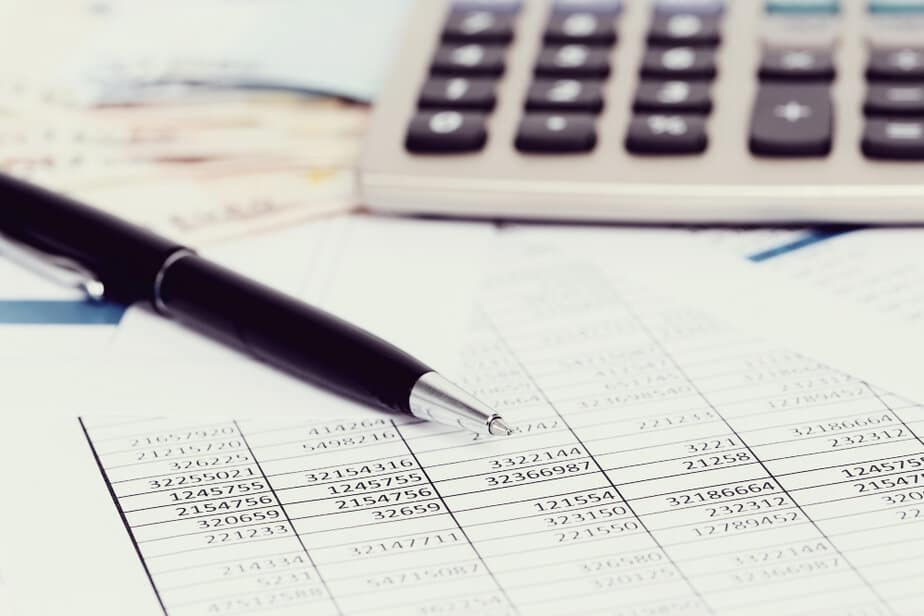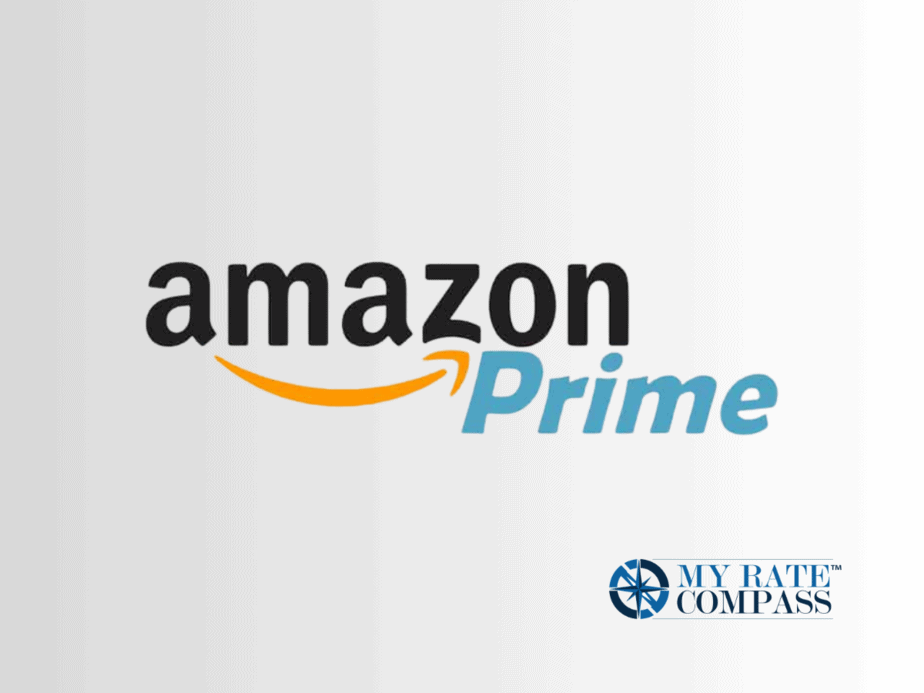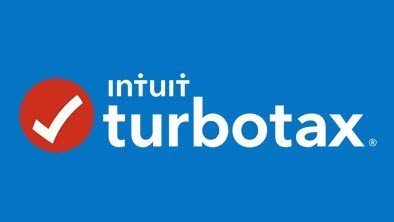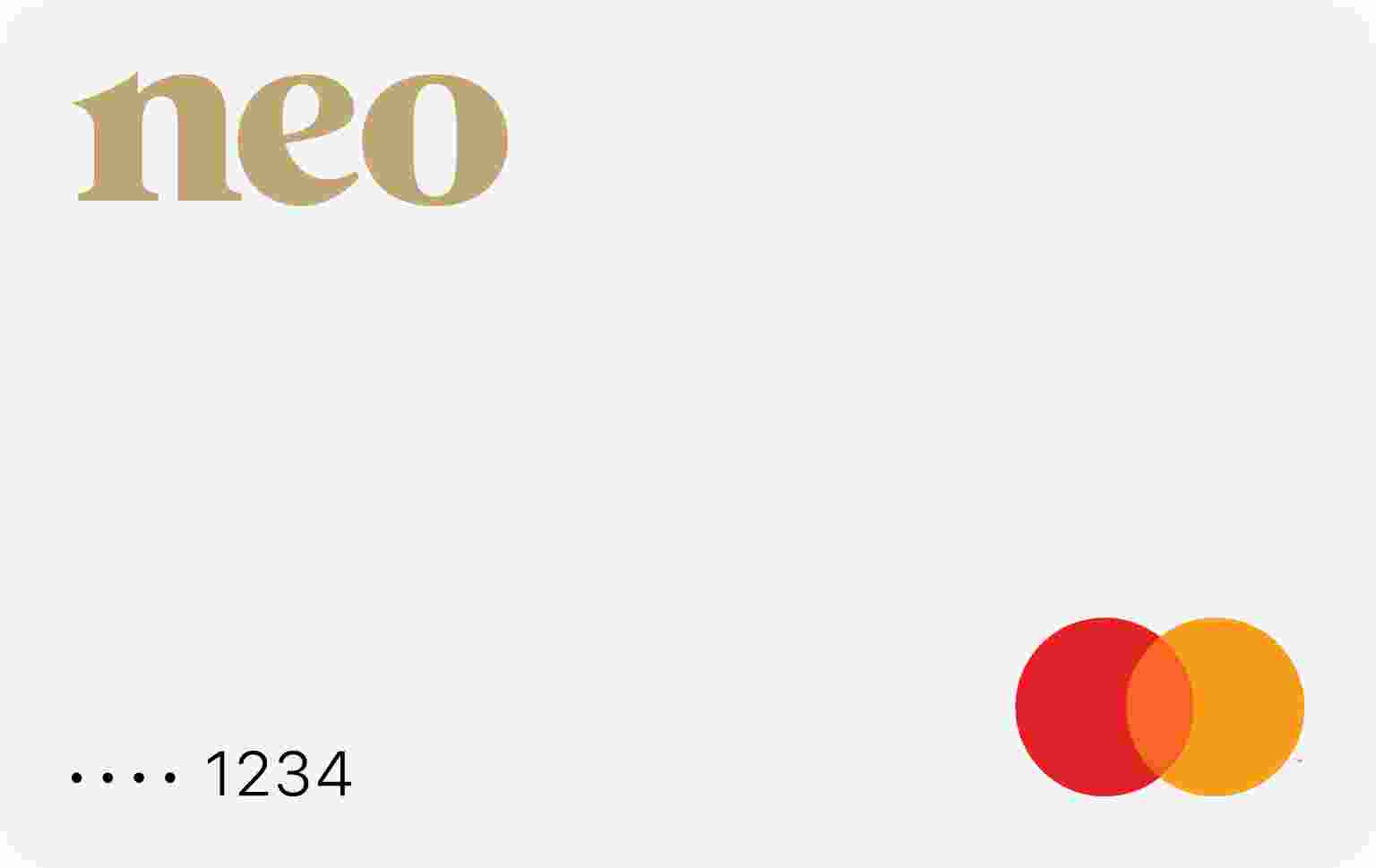Are you trying to figure out the difference between bank draft and money order? Do you want to know which one is right for your particular situation? Well, you have come to the right place. In this article, we will take a look at bank drafts and money orders – their similarities, differences and when it’s best to use each of them.
Bank draft and money order
Bank drafts and money orders are two similar payment methods that can be used when sending or receiving funds. Let’s start by looking at bank drafts. A bank draft is a form of payment issued by a bank on behalf of an individual or business. It requires the bank’s guarantee that the payee will receive the full amount stated on the document from its account upon presentation of the bank draft. Money orders, on the other hand, are more like cheques. They are issued by a bank or post office and paid for in advance with cash or debit/credit cards.
Both bank drafts and money orders are relatively secure payment methods as they will only be honoured when signed by the correct person. However, bank drafts are considered to be more secure than money orders as they must first go through bank clearance before being presented to the payee. Additionally, bank drafts may take longer for clearance due to extra security checks that need to be performed before funds can be released.
When it comes to cost, bank drafts tend to be more expensive than money orders due to their higher level of security and additional bank processing. Money orders, on the other hand, are generally more affordable and accessible as they can be purchased at bank branches or post offices without requiring bank clearance.
What is a bank draft and what is it used for?
A bank draft is a guaranteed payment issued by a bank and drawn on the bank’s own funds. It can be used to make payments to third parties, like contractors, suppliers, or for transferring large sums of money between bank accounts. Bank drafts are generally more secure than other methods of payment since they cannot be cancelled or disputed once issued.
What is a money order?
A money order is a form of payment that is similar to a bank draft but is not as widely accepted. Money orders can be purchased from many different places, including post offices and convenience stores, and are typically used for sending money to individuals or businesses in small amounts (usually up to $1,000). Unlike bank drafts, most money orders can be cancelled if they are lost or stolen.
The main difference between bank drafts and money orders is their source of funds: bank drafts are more secure since they are guaranteed by the bank, while money orders are backed by the issuer rather than a bank. Additionally, bank drafts generally have higher limits for the amount of funds that can be transferred, while money orders usually cap out at $1,000.
Overall, though both bank drafts and money orders provide convenient ways to pay for goods and services, bank drafts offer greater security and larger limits on funds transferable. For large transactions or payments involving third parties, it is recommended to use a bank draft in order to protect yourself from fraud or loss of funds. Money orders remain an option for smaller payments, but are less secure than bank drafts.
Ultimately, the choice between a bank draft and money order depends on the amount of money being transferred and the level of security desired. With bank drafts providing superior protection, they remain the widely accepted method for making payments in larger amounts. Money orders may be used in smaller transactions or when bank drafts are not available. Whether using a bank draft or money order, it is important to keep all records associated with the payment in case of fraud or loss of funds.
Knowing the differences between bank drafts and money orders can help you choose the option that is best suited to your needs and ensure that your funds are protected against fraud and loss.
How do you get a bank draft and where can you use it?
A bank draft can be obtained from a bank or credit union. To get one, you will need to provide the bank or credit with information such as your name and address, the recipient’s name and address, and the amount of funds being transferred. Once issued, bank drafts can be used for paying third parties or transferring money between bank accounts.
It is important to note that bank drafts are not always universally accepted; some merchants may require other forms of payment such as cash or checks. However, bank drafts are typically preferred since they provide greater security than other payment methods.
What is a money order and what is it used for?
A money order is a form of payment similar to bank drafts but with less security. Money orders are typically used for sending money to individuals or businesses in small amounts (usually up to $1,000). Unlike bank drafts, most money orders can be cancelled if they are lost or stolen. Money orders can be purchased from many places including post offices and convenience stores. They are often used when bank drafts are not available or when the amount being sent is relatively small. It is important to keep all records associated with the money order in case it is lost or stolen so that it may be cancelled and replaced. Overall, bank drafts offer greater security and larger limits on funds transferable while money orders remain an option for smaller payments and when bank drafts are not available.
By understanding the differences between bank drafts and money orders, you can make an informed decision about which option is best suited to your needs. Taking these precautions can help ensure that your funds are properly protected against fraud and loss. By using bank drafts or money orders, you can be sure that payments will arrive safely and securely.
How do you get a money order and where can you use it?
Money orders can be purchased from many places including post offices, convenience stores and bank branches. To purchase a money order, you will need to provide the issuer with information such as your name and address, the recipient’s name and address, and the amount of funds being transferred. Once issued, money orders can be used for sending money to individuals or businesses in small amounts up to $1,000.
Unlike bank drafts, most money orders can be cancelled if they are lost or stolen. It is important to keep all records associated with the money order in case it is lost or stolen so that it may be cancelled and replaced. Money orders are often used when bank drafts are not available or when the amount being sent is relatively small.
Overall, bank drafts offer greater security and larger limits on funds transferable while money orders remain an option for smaller payments and when bank drafts are not available. Taking these precautions can help ensure that your funds are properly protected against fraud and loss. By using bank drafts or money orders, you can be sure that payments will arrive safely and securely.
Conclusion:
Bank drafts and money orders both provide secure methods of payment in varying amounts. Bank drafts offer more security than money orders as they involve more formal banking procedures with larger limits on funds transferable. Money orders, on the other hand, are typically used for sending money to individuals or businesses in small amounts and can be cancelled if lost or stolen. Understanding bank draft vs money order is important when deciding which method of payment best suits your needs. Taking precautions such as keeping records associated with the funds transfer can help ensure that payments will arrive safely and securely.
By taking these steps, you can make sure that bank drafts and money orders are used effectively, providing you with greater security and peace of mind when managing your finances.






